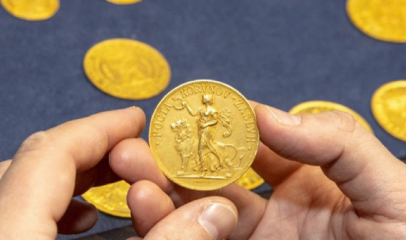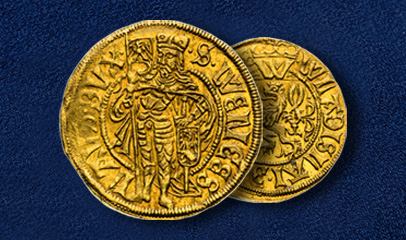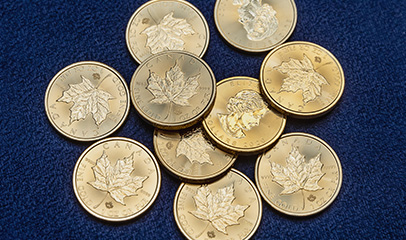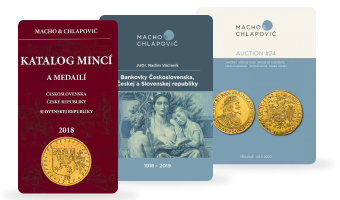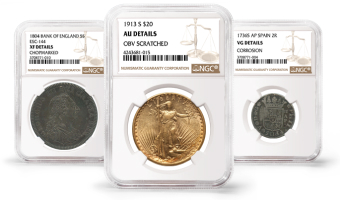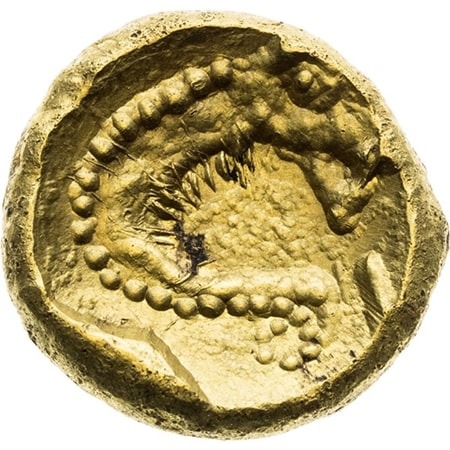
Rolltier type staters are undoubtedly among the most interesting Celtic coins attributed to the Central European Boii. Their discovery sites attest to the origin of these beautiful and very rare coins in Bohemia and Upper Austria. According to some authors, they could also have been minted in Silesia, Moravia or Slovakia. Paulsen’s monograph of 1933 documents six specimens that can be clearly divided into two basic groups on the basis of their artistic style.
Paulsen's three basic groups of staters
On the reverse side of the coins of the first group (Paulsen 216-219), we see a perfectly crafted image of a mythical creature resembling a dragon, with a coiled body and tail. On the obverse, there is an image of unclear meaning, resembling a stylized animal head in frontal view. The coins of the first group have the highest average weight. With regard to the quality of their stylistic workmanship, Paulsen describes these coins as the oldest. Among those who studied Rolltier type staters later were Karl Pink, who pointed out the possible Scythian origin of the motif, Karel Castelin and, more recently, Jiří Militký. Based on their findings, it can be assumed that coins of the first group were minted in the territory of Bohemia, perhaps at the Stradonice oppidum, sometime in the last quarter of the 2nd century or at the latest at the turn of the 2nd and 1st centuries BC. The artistic quality of the dies of the first group of coins is fascinating and it is certain that the issuer of the coins intended to express their uniqueness through their image. Jiří Militký in his publication Hradiště u Stradonic (2015) hypothesised that there was a religious purpose for the minting of the Rolltier type staters.
The second group of Rolltier type staters (Paulsen 220-221), characterised by a coarser artistic design as well as lower purity and lower weight of individual specimens, certainly represents younger mintages. The discovery sites are concentrated in Upper Austria, which is where these coins were almost certainly minted, probably in the first half of the 1st century BC.
In addition to the two above-mentioned groups of Rolltier type staters, there is also a third group (Kostur – Gášpár 2018, No. 125.1), represented by, among others, one specimen from the Flesche Collection (Ziegaus 2010). The reverse and obverse images in one design variant are also based on the iconography of the first group, but are executed more precisely than in the coins of the second group. What is interesting is the greater weight range of some of the known specimens, probably indicating a longer period of minting. The discovery sites are not known. The staters from the Flesche Collection are the subject of an extensive commentary by Bernward Ziegaus. He suggests that the coin is probably bohemian, but its origin in Silesia, Moravia or Slovakia cannot be ruled out.
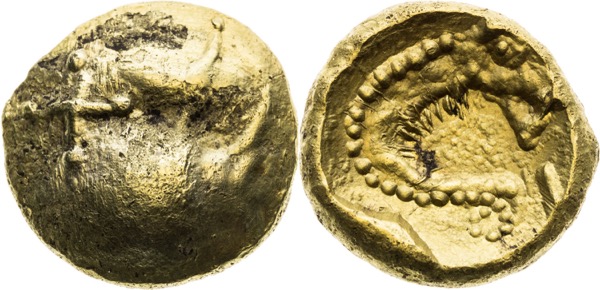
Auction # 28 will be opened by extremely rare stater
In 28th auction, a newly discovered stater specimen of the third group from a private collection will be auctioned as item No. 1. The lower weight and lower purity of the metal indicate a late minting from the first half of the 1st century BC, possibly even from its end. The place of minting cannot be determined with certainty. It is probably a bohemian coin, but its weight and the purity of the metal are also close to the staters minted in Silesia and Slovakia during the period of minting at the Bratislava oppidum.
AUTHOR: Tomáš Smělý, auction specialist

Tomáš is an auction guarantor for Celtic, Greek, and Roman coins, as well as Czech medieval coins and Habsburg coins until 1657 (with the exception of Transylvanian and Hungarian coinage), and also a guarantor for foreign coins up to the middle of the 17th century. He became acquainted with numismatics thanks to his grandfather, who, once retired, devoted his free time to collecting coins. During his grandson’s frequent visits, he introduced him to his modest collection and led him to read numismatic literature. Since then, Tomáš has been heavily involved in numismatics, even at an academic research level. He regularly lectures at conferences in the Czech Republic and abroad, and publishes scholarly articles. He is considered one of the leading experts in Central European Celtic coinage and Czech coinage of the 16th and early 17th centuries.


